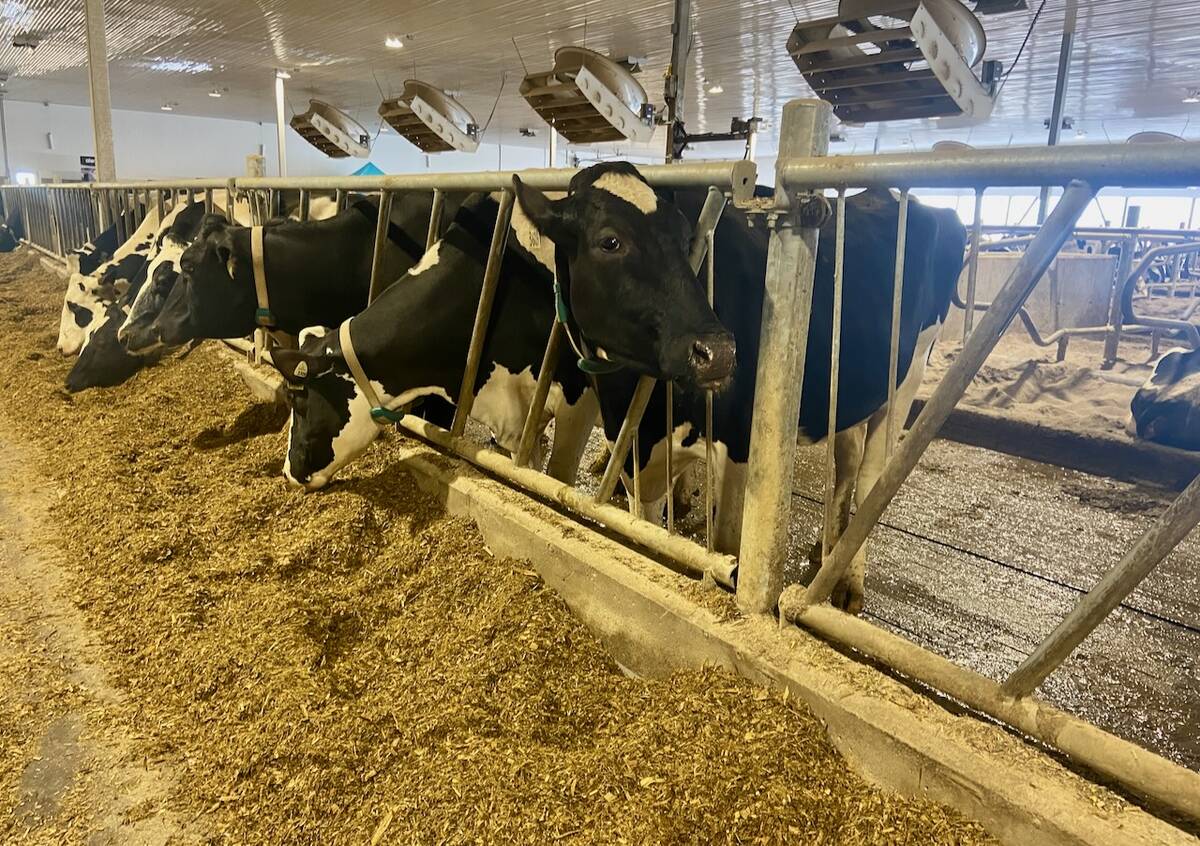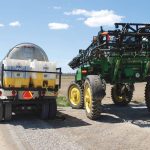RED DEER, Alta. – Canada is a growing presence on the international beef stage now that it exports 54 percent of what it produces.
More of those exports are higher-value beef rather than live cattle, said market analyst Anne Dunford at the recent Alberta Cattle Commission meeting.
In 1991, live cattle made up the majority of Canada’s $1 billion cattle and beef exports. In 1996, $2.2 billion was exported, mostly to the United States.
As of June 7 this year, beef exports were up 42 percent over 1996 while live cattle shipments were down 20 percent.
Read Also

U.S. farm group supports supply management
U.S. grassroots farm advocacy group pushing new agriculture legislation that would move towards supply management like Canada has for dairy industry
This year Canada will produce 3.1 billion pounds of beef.
About 70 percent of its exports to the U.S. end up in eight states. Washington is the best customer taking 18 percent of the total. Other customers include California, Utah, Colorado, Missouri, Minnesota and Pennsylvania.
On the slaughter side, exports are down from last year’s record of 1.3 million head. More of these animals are being killed and processed at home and then exported.
Dunford’s latest figures showed as of the end of May, about 362,000 head were exported compared to 477,000 for the same time last year. Feeders and breeding cattle numbers are also down.
Canada also continues to take beef imports from New Zealand and Australia.
New Zealand exported to Canada 24,324 tonnes, down 11 percent from year-ago levels. Australia shipped 18,000 tonnes, up 65 percent from a year ago. These exporters must abide by a tariff rate restriction. So far 29 percent of this year’s quota has been used.
Domestically, Alberta is the most significant beef producer and Quebec is the best customer, she said.
Quebec takes 28 percent of what Alberta produces. Albertans eat 16 percent of what they grow, while Ontario and British Columbia each buy 13 percent. About 28 percent of the Alberta beef goes to the U.S.
Growth will continue
Canada will continue to produce large amounts of beef as feedlot expansion continues in Alberta. Within North America, Alberta remains the fifth largest feeding area on the continent behind Texas, Kansas, North Dakota and Colorado.
“There’s no question that this spot can be easily overtaken with the kind of growth that is occurring in the feedlot business today,” Dunford said.
Alberta feeds 2.1 million head out of the national total of three million. That gives Alberta 67 percent of the national total. Ontario feeds 17 percent and Saskatchewan and Manitoba, combined, finish 11 percent. At one time Ontario fed 25 percent of the national total.















